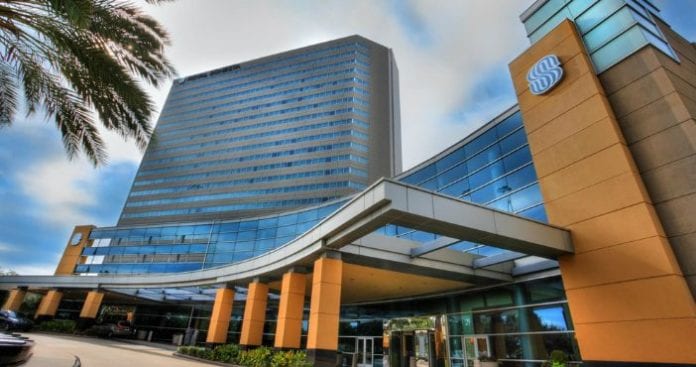HetNet Expo panel highlights the role of heterogeneous networks in building a smart city
HOUSTON—Any smart city project—a small-scale pilot or a purpose-built infrastructure—rests on a strong foundation of wireless connectivity. Urban residents want mobile broadband in the subway and on the bus; metropolitan workers need wireless in their offices so they don’t miss important phone calls. Even more critically, robust wireless infrastructure supports our power grids and enables our first responders. Taken as a whole, quality wireless technology has a very real economic impact on modern cities.
To better understand this important trend, the Wireless Infrastructure Association’s HetNet Forum, which advocates for the seamless use of multiple technologies to deliver increased network coverage capacity and quality, is bringing together industry experts for HetNet Expo 2016.
Moderator Jason Nelson, of the Smart Cities Council, will host SpiderCloud Wireless Director of Enterprise Services and Technologies Art King and Bryan Darr, president and CEO of Mosaik Solutions, in a session titled “The Economic Impact of the Connected City.”
“The problems cities face are all interconnected,” Nelson explained in the run up to HetNet Expo 2016. “You may be able to solve commuter problems by installing fiber so maybe people don’t have to travel into the office all the time. But if different city departments aren’t sharing information, they may never find the right solution.”
He said risk-averse cities and towns have trouble innovating. “I think every city wants to be number two out of the gate with a deployment. They have to be prepared to justify any innovation. Just like the enterprise has to justify innovation to fairly savvy investors, the city has to justify it to my mom or my grandma. It’s a challenge for cities to innovate when they’re under pressure to hit the bull’s-eye every time.”
This concept of fiber as the determinant of whether a worker commutes to a downtown complex or to a home office speaks to the foundational importance of both in-building wireless and the availability of fiber. But given the costly nature of wireless infrastructure, coupled with the limited capex and cost pressures operators face, how can building owners and cities afford the necessary equipment?
“The fixed cost economics of running fiber to base station hotels completely falls apart below about half-million-square-feet,” King said. “If you’re going to provide service in that traditional manner, either the operator has said this is a must-do property or there’s some compelling reason that says chuck the economics out the window. Or the customer is rich enough and they don’t care about the cost. That’s today’s model.”
And that model doesn’t support the vision of a smart city, which considers everything from autonomous urban transportation to pervasive smart lighting, HVAC and security systems all supported by connectivity King described as “a digital oxygen that all the devices breathe. Wireless services of all stripes are necessary throughout a smart city to support the service demands of all the different things that are going to ride on top of the wireless infrastructure. This whole notion of density and spectrum, it’s a conversation that is foundational to the forward motion of the industry.”
Darr, speaking from his office in Memphis, Tenn., reiterated that “cities have got to know themselves. The big operators do not have enough capex to penetrate past a certain level of building. The market is ultimately going to be driven by enterprises and real estate developers. When you talk about smart cities, the governments are under more and more pressure to lower their cost of doing business while still taking care of their citizens. Our part in all of this is giving them visibility into where the networks are and how they perform—smart street lights, smart trash cans, smart whatever—it doesn’t work if you don’t have network availability.”
Further emphasizing the importance of network availability, Darr pointed out that, in many cases, cell phones don’t work inside some homes. And, as many people have gotten rid of landlines, this could create a scary situation if, for instance, an intruder came into a home or a fire broke out.
“That means you can’t call 911,” he said. “These cities need to understand where the networks need to be beefed up. You get to do the fun stuff after you do the safety stuff you have to do.”
HetNet Expo 2016 is set for Oct. 25 and 26 at the Royal Sonesta Houston Galleria. Keynote speakers include Crown Castle CEO Jay Brown, Leandre Johns, external affairs lead for Uber in Texas, Houston Texans President Jamey Rootes and Morgan Kurk, CTO of CommScope. For more information and to register for HetNext Expo 2016, click here.

